Healthcare in the US: I Managed To Get A Doctor To Spill The Beans + Green Smoothie with a Secret Ingredient
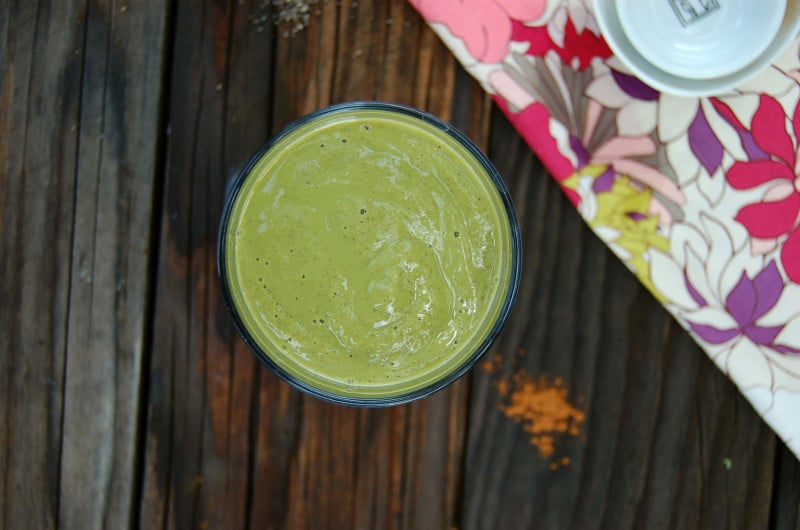
By Molly Patrick
Sep 7, 2015,
By Molly Patrick
Sep 7, 2015,
I don’t know how it all happened, but today’s fuckery is exceptionally eye opening.
It is my great pleasure to hand over today’s mic to someone who has first hand experience with healthcare in the US. He’s here to explain why it’s crucial that we all take responsibility for our own health.
Dr. Mo works for one of the biggest hospital chains in the country. He practices family medicine and works in urgent care in the Portland, Oregon area.
He contacted me a couple months ago and asked if I would write a piece for him that he could refer his patients to about how to incorporate better food into the diet. I told him shit yeah, and I got to work.
Any doctor who understands the important role that food plays on health and who’s willing to impart this knowledge on their patients is aces in my book. We emailed back and forth a few times and it quickly became clear to me that you need to hear what he has to say.
I took a chance and asked him if he would be willing to write a guest fuckery. To my surprise he said yes, and today I’m happy to share it with you.
I commend Dr. Mo for his honesty and for having the balls to share the following information with us.
I went into medicine because I’m compassionate by nature, and I love the sciences. I did 5 years of undergrad, 4 years of medical school and 4 years of residency.
I decided to practice family medicine because I wanted to do a whole breadth of care and hopefully intervene early in people’s lives to help make a difference.
Here are a few of the problems that I experience first hand about healthcare in the US that everyone should be aware of:
1. Doctors have to practice evidence based medicine.
It’s not that evidence based medicine is a bad thing, it’s that the majority of evidence that we must practice from is manufactured by the pharmaceutical industries and regulated by the FDA.
Doing medical research is extremely expensive, and these industries can easily afford to put up the cash to publish whatever they want, even if the research is biased (for obvious reasons). Furthermore, most of the doctors you see on TV or in the news are on multiple boards of pharmaceutical groups, medical device companies, imaging groups, etc…
The whole system is flawed by widespread conflict of interest.
2. America is one of the only countries where patients can sue their doctors for virtually anything.
This means that 90% of our time is spent practicing defensive medicine to ensure that we don’t get sued. Let’s say we examine someone and their examination doesn’t show any red flags. It doesn’t matter, we will still run lots of tests and give lots of antibiotics just in case. What I’m saying is that doctors over treat everything. From high cholesterol to high blood pressure and throat infections to skin infections.
Here’s an example:
Let’s say a 55 year old woman comes in for acid reflux. It seems like a classic case of indigestion but there is always that 1% chance that it’s a heart attack disguised as reflux. So we might transfer her to the ER, order blood tests, and maybe even keep her overnight for more testing. All of this incurs major cost and stress to the patient, as well as takes up a lot of time on our end.
It would make more sense to ask the patient what she ate to draw conclusions about her reflux, but because doctors are fearful of getting sued, defensive medicine is standard.
3. And then there’s the numbers game.
Medicare wants us to control the A1C (diabetes level) down to 6.0. The ADA wants it at 6.5. The AACE (society of endocrinologists) want it at 7.0.
The problem is, the guidelines that we must follow from the medical research articles (the ones funded by pharmaceutical companies) change all the time. They change all the time because the facts really aren’t there.
We’re told that we should use Metformin to get diabetes levels down. And then we’re told to wait on the Metformin and start with insulin. And then we’re told to prescribe Metformin, along with Glipizide instead of insulin. And then another article comes out proclaiming that there’s a brand new medication about to come out that works better than all of them.
Meanwhile, our patient’s numbers aren’t changing, but then again, neither is their weight. But that’s okay because medicare will now pay for gastric bypass.
The mention of diet isn’t built into the medical system. Period.
Here’s what it comes down to.
Everyone in the healthcare system in the US knows that enabling the patient makes everyone money.
The pharmaceutical companies, the medical device companies, the pharmacy, the physical therapists, the weight loss clinics, the lab companies, and of course the insurance companies.
And it’s rare that patients question their course of treatment because the medical industry creates fear, and makes people feel that they can’t take care of their own health without a doctor or medication.
America and New Zealand are the only two countries in the world that are allowed to advertise pharmaceutical drugs directly to the consumer. In other countries, you’ll see public service announcements on TV gently reminding people to eat better, to be kind and respect your elders, and to go home and have dinner with mom and dad.
Then you have the U.S., where the pharmaceutical industry spent over $4.5 billion on television ads in 2014. Every drug advertisement ends the same way. They run through a list of possible side effects (which are often much worse than the original reason for taking the drug), and then they say “Talk to your doctor about _______”.
Here’s the thing that gets me. I went to a great medical school (UCLA), a great residency program and I had fantastic professors. Why on earth would I need my patients to talk to me about prescription drugs?
Most doctors are well aware that the majority of health problems stem from sugar, processed food and too many animal products. So why not prescribe a lifestyle switch instead of writing out another prescription?
Let’s play this out.
The majority of patients are under the impression that diet and lifestyle changes alone “aren’t enough”, because that’s the message they get from drug ads on their TV. The other challenge, is most patients won’t even entertain the idea of changing how they eat, especially if it means no more bacon and eggs.
So let’s say one of these patients comes in. They have high cholesterol, high blood pressure, obesity, sleep apnea, excess stress and not enough sleep. If I tell them that they must change their diet and lifestyle instead of taking more medication, I risk them either finding another doctor (I just lost customers for my company), or I risk them not taking my diet and lifestyle advice, having a heart attack and filing a lawsuit against me (I just lost my job or worse).
Society has pushed health so far down the totem pole that it isn’t even a thought until after a person gets sick. Many have no idea how to take care of their health and have given up control by willingly handing over the reins to their doctors.
The human body might not come with a manual, but you are in charge and you have choices. You can tune your body, you can change it, you can hone it, you can improve it and you can listen to it. Headaches, chronic aches and pains, tightness, constipation, diarrhea, rash, urine color, poop color, eye color, mouth dryness and acne are all signs of your body’s status.
It’s important to focus on the food we eat because a lot of health problems start with what we put in the body. The foods that harm people the most are refined sugar, processed food, animal products, and chemicals added to foods.
- We know that patients who eat a lot of refined white bread and animal products are most likely going to have high blood pressure, high cholesterol, diabetes, bad joints and increased risk of cancer.
- We know that patients who eat a lot of sugar have low energy, bad skin, poor digestion, mood problems and high body fat content.
On the other hand, we know that patients who eat a mostly unprocessed plant-based diet have leaner bodies, better attention and focus, lower risk of cancer, lower risk of type 2 diabetes, and lower risk of heart disease.
Even patients who grew up eating lots of processed foods, animal foods, and sugar have turned their health around by making changes to their diet.
A diet of unprocessed whole plant foods could get you through decades of your life without any problems.
The decision is up to you about how you want your body to work over your lifetime.
- You can start on blood pressure meds by age 40, suffer from back pain and knee pain due to obesity by age 45, take cholesterol meds by age 50, suffer a couple of “minor” heart attacks and undergo a few surgeries by age 60. Then onto chemo and radiation for cancer by age 70, and finally die in the hospital if you make it to 80.
- Or you can go through your life only needing the occasional preventative maintenance by your doctor and dentist and never have to be hospitalized, never need medications, never need surgery, never suffer from a major illnesses, and live a long and happy life.
The first option will leave you miserable, unhealthy, unhappy and broke. It will also keep my $250k+ a year salary coming in nice and strong.
The second option will leave you in control, happy, healthy, and with more money in the bank.
If you want to choose the second option, all you have to do is avoid being sedentary, cut out sugar, cut out processed foods, cut out animal products, drink plenty of water, and focus your diet around unprocessed whole plant foods; vegetables, fruits, legumes, whole grains, nuts and seeds.
Molly is an amazing resource. As a doctor, I’m telling you that she knows more about nutrition and healthy eating than most doctors. I had a chance to take a sneak peek at her programs, and it’s the perfect owner’s manual for your body. Thank you Molly for this platform and for all of the work you do.
In closing, my thoughts here are not meant to paint the healthcare system in the US as evil or belittle the work that doctors do. Nor do I take the suffering of patients lightly who look to their doctors, nurse practitioners and physician assistants for help.
I do want you to understand that pharmaceutical companies profit from people’s dependency on medication. And doctors are employed based on how well they treat numbers (cholesterol levels, blood sugar levels, blood pressures, etc…), not by the quality of their patient’s lives.
Medications have become the iPods of technology. They promise so much, yet alone they are completely useless in accomplishing what they are advertised to do. Your health is in your hands, it is your responsibility, and it is not to be taken lightly because it is precious.
Taking responsibility for your health is the most important step in your overall health and wellbeing.
WHOA! Did I tell you? I’ve never wanted to take care of myself and eat healthy more in my entire life. Dr. Mo, your insights are invaluable and I thank you again for sharing your viewpoint with us.
Today’s recipe is for a smoothie that’s ridiculously yummy and packed full of carotenoids, thanks to my special ingredient, boiled sweet potatoes. Carotenoids are important for proper immune function, and they also help give the complexion that healthy looking glow.
Carotenoids are awesome for lots of other things too, but I was sold at glowing complexion. I try to eat boiled sweet potatoes as often as I can, but they aren’t something that I crave every day.
A couple weeks ago I had some boiled sweeties in my fridge and I didn’t feel like eating them, but I knew I should (because GLOWING COMPLEXION), so I popped them into the blender along with some cinnamon and the rest of my green smoothie ingredients, and BAM, it was delicious.
This is the easiest way to get a good dose of carotenoids and all the other benefits of sweet potatoes without having to eat them on their own.
Make this recipe and thank me later.
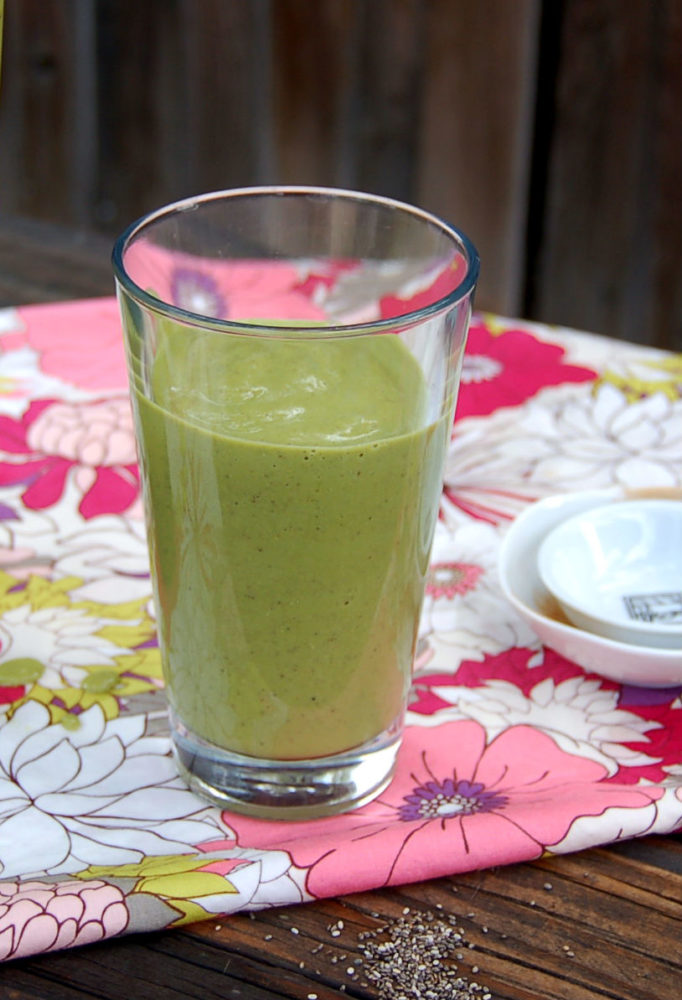
Ingredients
- 16 ounces water or unsweetened non-dairy milk
- 1 banana
- ¼ - ½ of a boiled sweet potato depends on the size of your sweetie. Be sure to leave the skin on.
- ¼ of an avocado
- 1 thumb sized piece of turmeric no need to take the skin off, just wash it
- 1 tablespoon chia seeds
- 2-3 big kale or collard leaves
- 1 teaspoon cinnamon powder
Instructions
First things first. The easiest thing to do is to boil a couple of sweet potatoes, let them cool and then store them in your fridge. This way you will have a supply throughout the week.
- Rinse your potatoes, cut them into quarters and then cut each quarter into half.
- Place them into a pot, cover them by a couple of inches with water, and gently boil until you can easily pierce them with a fork, about 25 minutes.
- Let them cool and then store them in your fridge. Make sure you leave the skin on.
To make your smoothie:
- Place all of the smoothie ingredients into your blender and blend until completely creamy and smooth.
I hope that you have a fantastic week. May you gently work on taking responsibility for your health.
Source for TV ad spending in 2014 by pharmaceutical industry
22 Comments
Leave a Comment
Love the food that loves you back
Get instant access to thousands of plant-based recipes and meal plans, no credit card or perfection required.

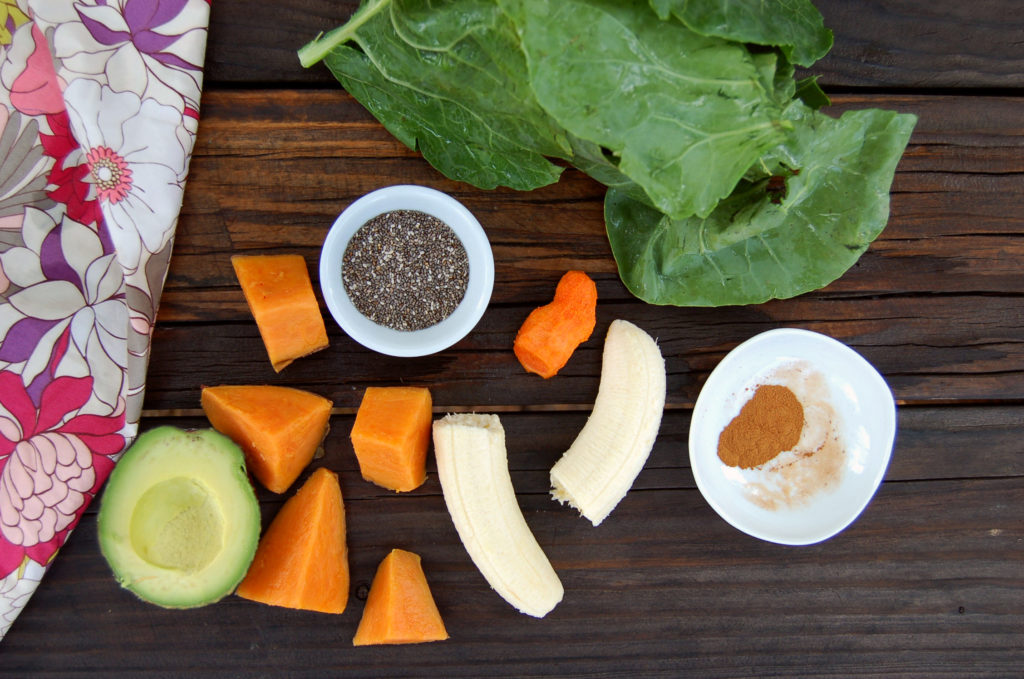
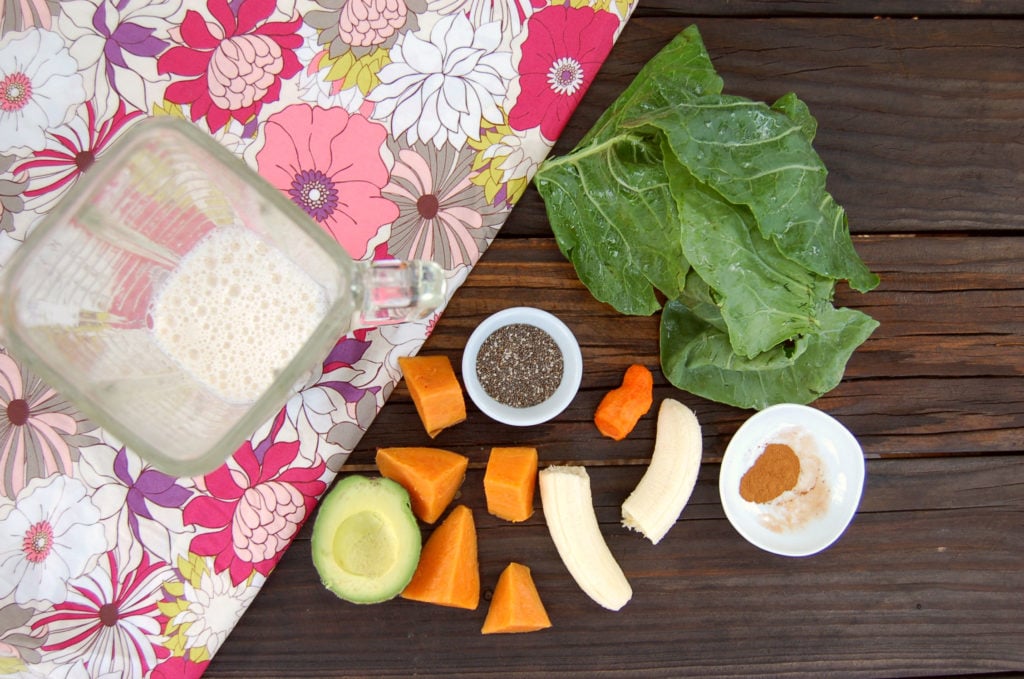
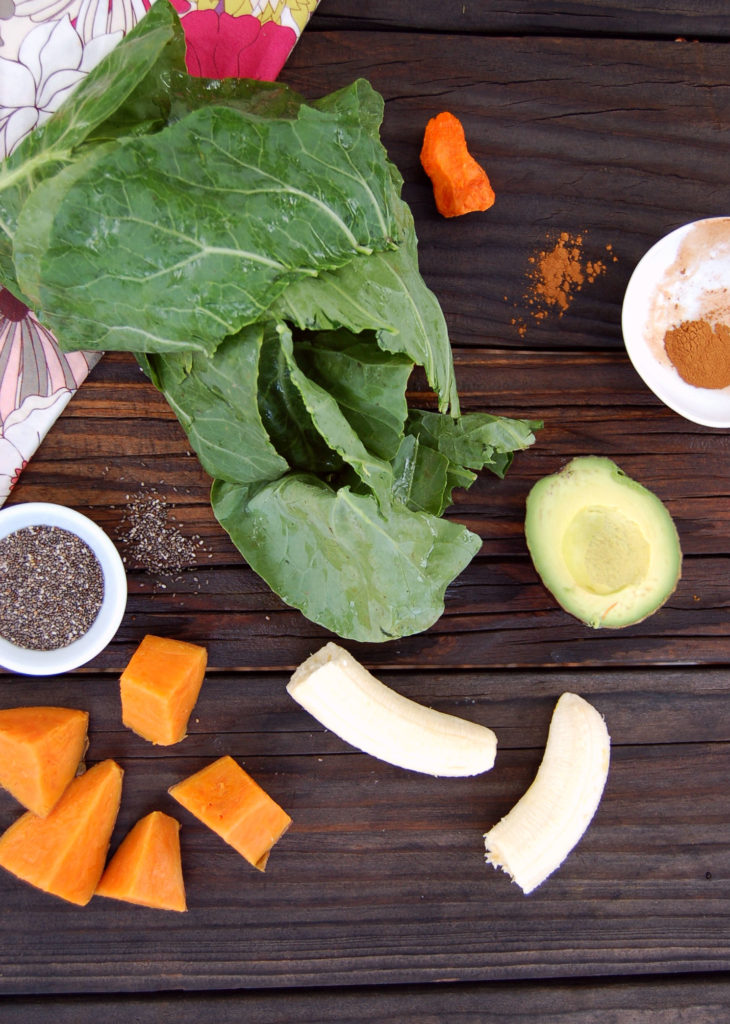

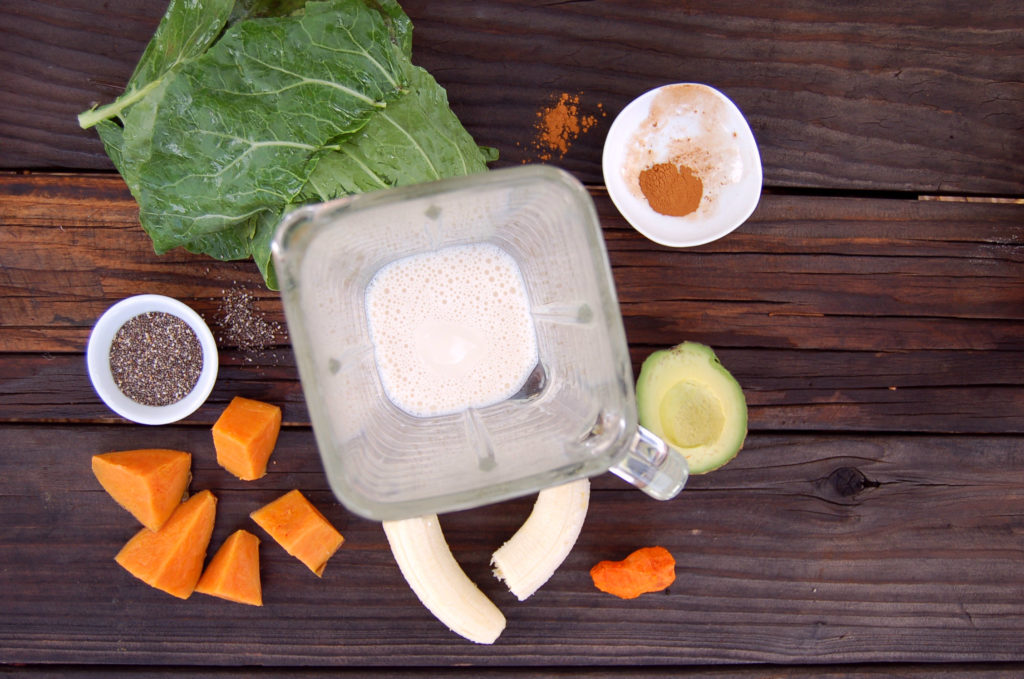
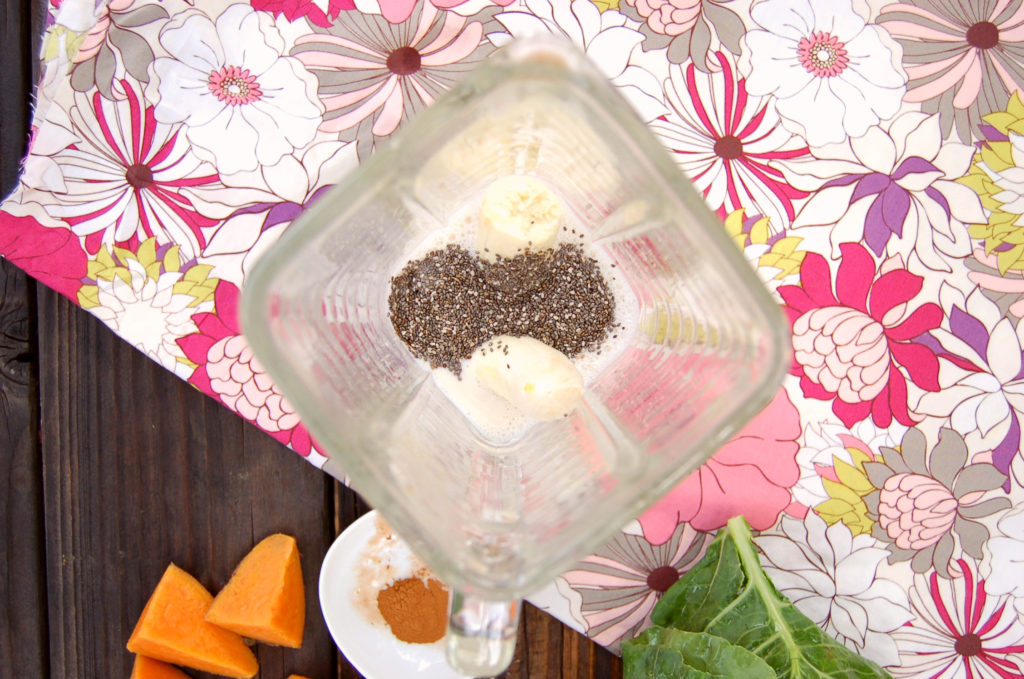

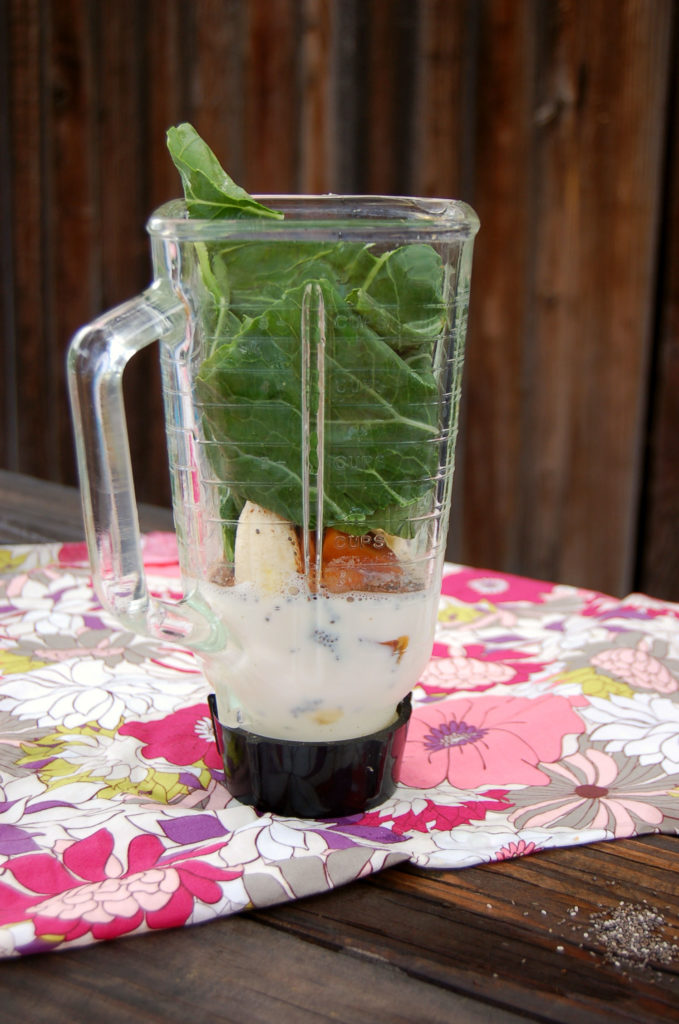


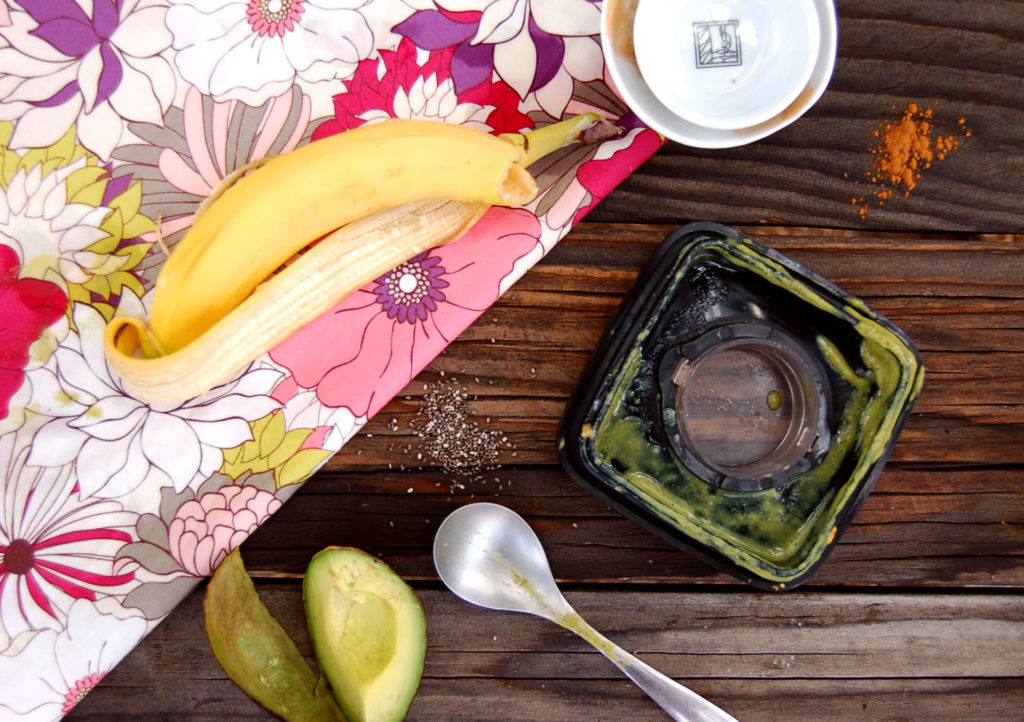
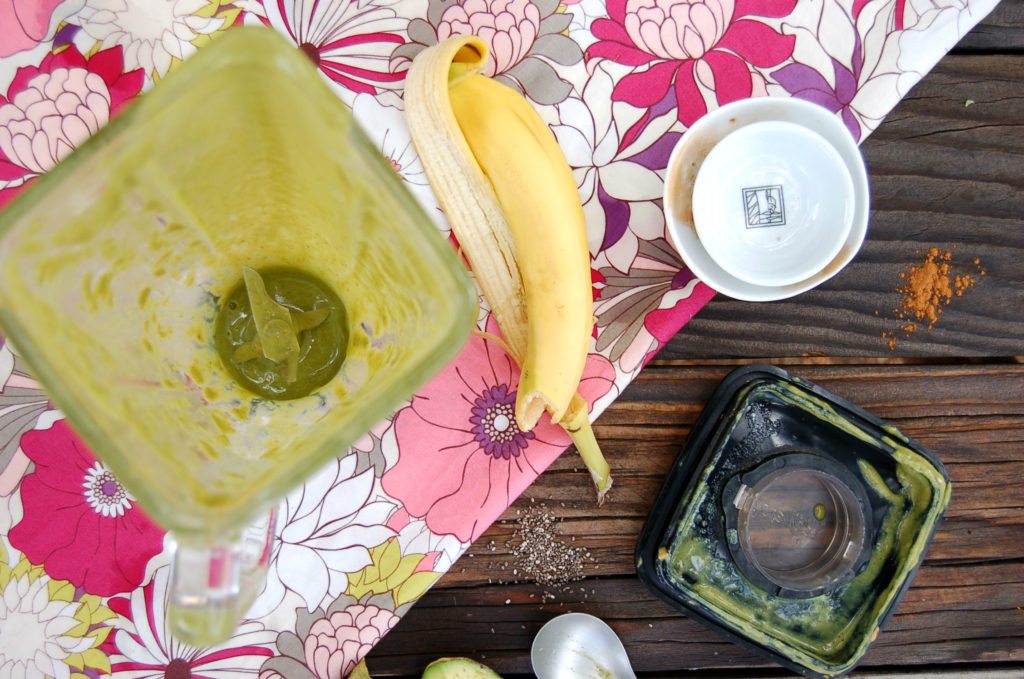


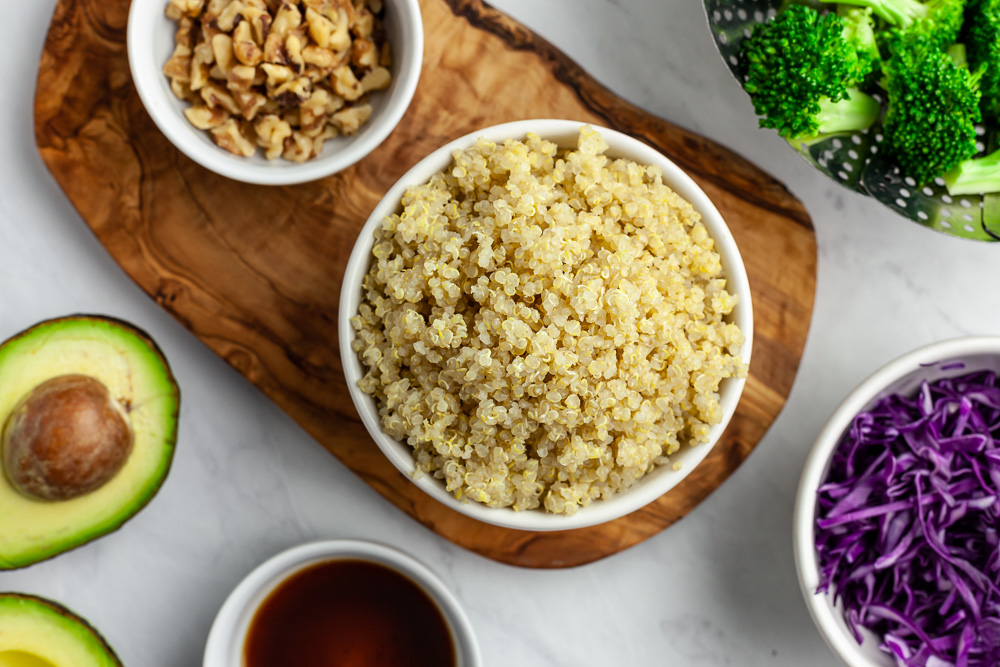


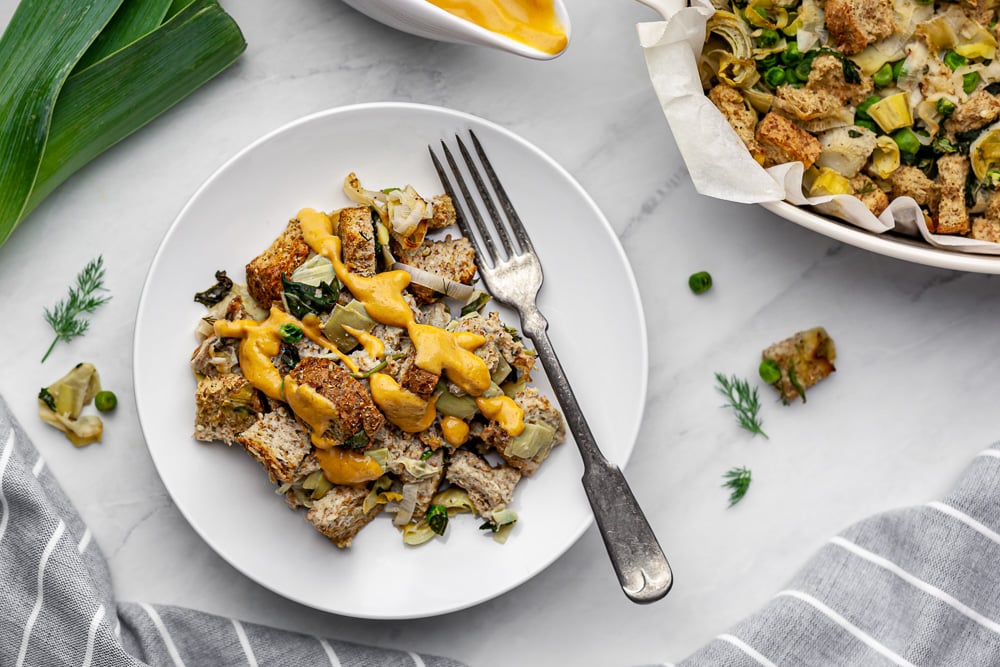




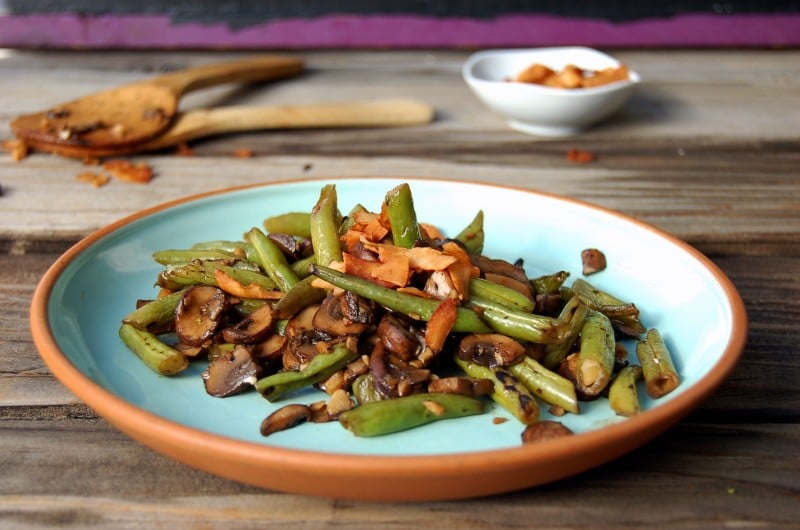



THIS. I will be attatching this to a lot of emails. It is so frustrating to know this information and try to tell others and watch it go in one ear and right out of the other. Maybe if it is learned from a credible source it will be taken more seriously. My family rolls their eyes at me like they think I’m some kind of hippie medicine man practicing wizardry when I tell them their illness or conditions can be treated and possibly reversed with food and lifestyle changes alone. It’s sad that unless you are in a white coat people dont listen 🙁
I hear you! I was stoked about this post so that folks have something to share with people who need to hear this stuff from a doctor.
Share away!
xo
Molly
Wonderful article!! I’m trrrrrying to be a healthy eater.
Hey Evalis –
Awesome! Sign up here and I will help you.
https://cleanfooddirtygirl.com/signup/
New tips, info and recipes every Saturday morning 😉
societal cycle; supermarket to doctor,to drug company,to supermarket,to doctor to drug company etc,etc.
You got it – that’s exactly it.
xo
Molly
We’re accustomed to making our fruit green smoothies everyday, so this is definitely…ahem…different from that sweetness. ? Could we add some fruit to this, to sweeten and cool it a bit, or would that counteract the benefits of this green smoothie?
Thanks for all you do! Have a great day! ?
Hey Karen,
The banana actually sweetness it up nicely. You can add fruit, but be sure to add lots and lots of greens.There are important enzymes, minerals and phytochemicals in fruit that our body needs, so fruit is really important.
Add fruit, add greens, do it!
xo
Molly
Dr. Joel Fuhrman has been preaching this for years and now has Dr. Oz supporting him on the forward of his latest edition of his book Eat to Live. We need more brave doctors to get together so they will be heard by the larger population. I don’t have time to watch Dr. Oz because I am at work but I know he does his best on his show to promote healthy eating and vegan/vegetarianism.
Thanks for the recipe. I am going to try it this weekend after I boil some sweeties.
Would love Dr MO’s contact info…I’m new to Portland area and looking for a Dr to support plant based Whole Foods lifestyle. I bypassed a triple bypass 2 years ago by going vegan after being a vegetarian for 28 years. TU?
Hey Suzanne,
Dr Mo is a general doctor at a hospital. He does not have a solo practice so he sees whoever comes into the hospital and does not take one on one appointments.
Made the smoothie with 2 big handfuls of spinach instead of collard. Really nice addition to my day. Really filling and satisfying. Jarred half to enjoy tomorrow.
What would you recommend as a substitute for banana? I can’t eat them. 🙁
I would swap it out with applesauce.
If you try it, keep us posted!
xo
Molly
Thank you, thank you, thank you for posting this. It’s the motivation I need to start taking steps to a healthier me.
You are so welcome!
You got this.
xo
Molly
I’ve been making this smoothie since May of 2018 when we first switched to a WFPB diet! I make it every morning. We love the taste AND the habit. Today I wanted to share it with a friend but had a really hard time finding it via the search. I couldn’t seem to search just smoothies. However, all that searching found me a whole bunch of new ideas to try! 🙂 Thanks for sharing so much plant based goodness!
Hi Lee – So glad you love this smoothie! Thanks for stopping by to let us know about the search issue too. Indeed, our search function was not functioning properly over the weekend but has now be fixed now. Have a great week! ~Karen
As a heart patient (I am also a diabetic) I asked my cardiologist which diet was best for me, I always got the answer of KETO or Paleo. I kept getting sick from all the protein and my blood sugar was still out of control. I just had another heart intervention last week. I’m facing a second open heart surgery if something doesn’t change. This time my cardiologist said please go on a WFPB diet or you will die. Thankfully, I found your website. I jumped in with both feet and have not cheated one day! Thank you for being there for all of us.
Hi Dawn, I’m sorry to read that the initial guidance from your doctor made things worse for you. But, I’m glad you found a cardiologist knowledgeable about whole food plant based diets. In fact, a former President (2015-2016) of the American College of Cardiology, Dr. Kim A Williams, advocates for a whole food plant based dietary pattern – if you ever have the chance to hear him talk, I encourage you to do so. If you’re not already a part of our private Facebook group, please join us! It’s a great place to get help and motivation on your journey to eat more plants. ~Karen
Right so I have now been starting the day with a green smoothie for a week. 1 cup kale, 1 Orange, 1 tbsp chia and water. The first few days I was craving it… then I started getting bloated. I eat Wfpb so I get tons of fibre anyway and I’m not sure my bit is handling the extra very well. I am never hungry but feel kind of sick because I can’t stomach enough food to keep me going. Bowel movements about 4 times a day plus some constipation to boot. Is this something that will pass (choice of words!) Or am I just not designed for chia? Btw I’m allergic to linseed so that ones out! I worry about omega 3. Thanks for the super posts!
Hi, Vikki! Chia has a lot of soluble fiber and it takes times for the fiber to absorb the moisture once it is exposed to liquid. It’s possible that the blended chia seeds are absorbing moisture internally are causing the bloating. Basically, they do not have enough time to hydrate between the time you blend them and consume them. I tend to not use chia in my smoothies for that reason, and if I’m going to use chia, I’ll blend the seeds up in an overnight chia pudding so it’s fully hydrated when I consume it. You might try that method of consuming chia instead to see if it makes a difference. If not, it may be that you have an allergy or intolerance to chia (if you have an allergy to linseed, it might be possible based on this resource). There are other ways to get omega-3s, though! Hemp seeds are a great source and they do not need hydrating like chia seeds, or you could look at a supplement. Molly talks about omega-3s in this post. Let us know if you find that hydrating chia first makes a difference for you! ~Karen + Team Dirty